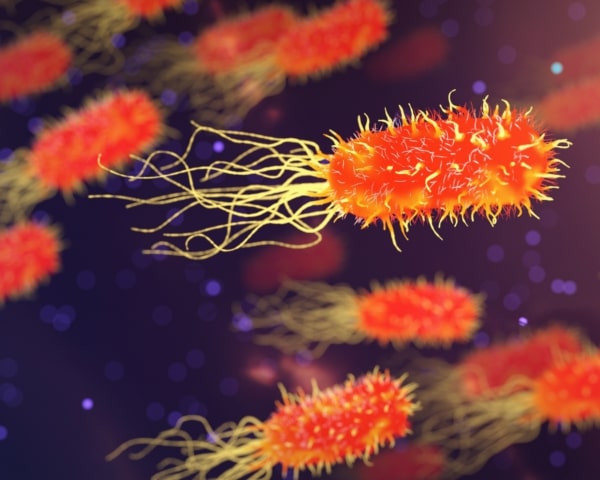|
Getting your Trinity Audio player ready...
|
Ionizing radiation is used in food irradiation to:
- extend its freshness
- retain its quality
- delay outbreaks
- reduce food maturation
- destroy disease-causing microorganisms and insects
This procedure involves subjecting the food to a regulated amount of ionizing radiation. Generally performed by applying gamma rays, electron beams or x-rays. It is like when the sun passes through a window or when microwaves pass through food. It leaves no residue and is also known as cold pasteurization. After the process, some new compounds are formed, in the same way that they are formed when a food is exposed to heat when cooking. These changes are similar to those caused by steaming, roasting, pasteurization, baking and other cooking methods.
Radiation alters the DNA and other cellular components of microorganisms, making them unable to reproduce and causing their death. Among the bacteria it destroys are Escherichia coli O157:H7, Salmonella, Campylobacter, Stapphylococcus aureus, Listeria monocytogenes and Shigella sp. This safety method is used on beef, pork, lamb, poultry and seafood; both fresh and frozen. Also, it is used in various vegetables, potatoes, fruits, wheat flour, beans (grains, legumes), cereals and spices.
Irradiated foods generally retain their nutritional value. Nutrient losses are often negligible to measure; Just as it happens when freezing, canning, dehydrating and pasteurizing foods. Irradiation does not replace good food handling practices nor does it improve food quality. As consumers we must store, prepare and cook food safely and cleanly to avoid foodborne illnesses.

Like other methods of preserving food, in the United States, irradiation is regulated by the Food and Drug Administration (FDA). By law, irradiated foods must be identified on the packaging. For this the international symbol 'Radura' and the phrase 'treated by irradiation' are used (treated by irradiation) or the phrase 'treated with irradiation' (treated with irradiation). Irradiated foods that are used as ingredients in cafeterias, restaurants or delicatessens usually do not need to be labeled with this symbol.
The FDA has studied the safety of irradiation in foods for more than forty years. Investigations regarding this method continue as part of its security system. At this time irradiated foods are safe and do not appear to cause any harm to human health.
Main references:
Indiarto, R., Irawan, A.N., & Subroto, E. (2023). Meat Irradiation: A Comprehensive Review of Its Impact of Food Quality and Safety. Foods. 12(9): 1845.
Mshelia, RD, Dibal, NI & Chiroma, SM (2023). Food Irradiation: An Effective but Under-Utilized Technique for Food Preservations. Journal of Science and Technology. 60(10): 2517-2525.









